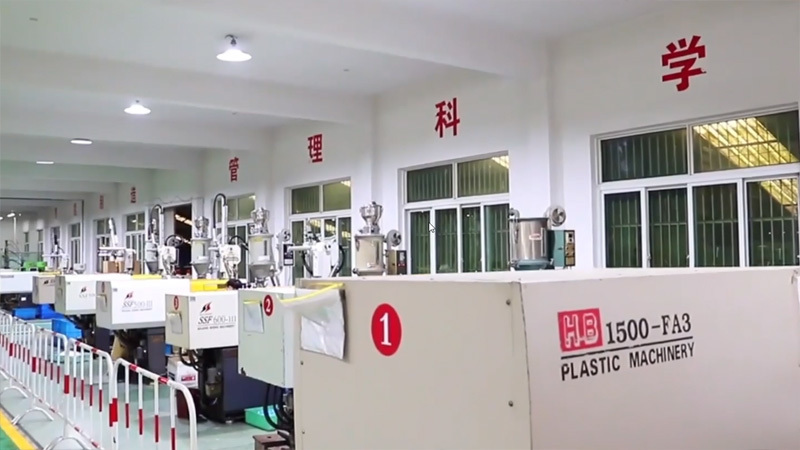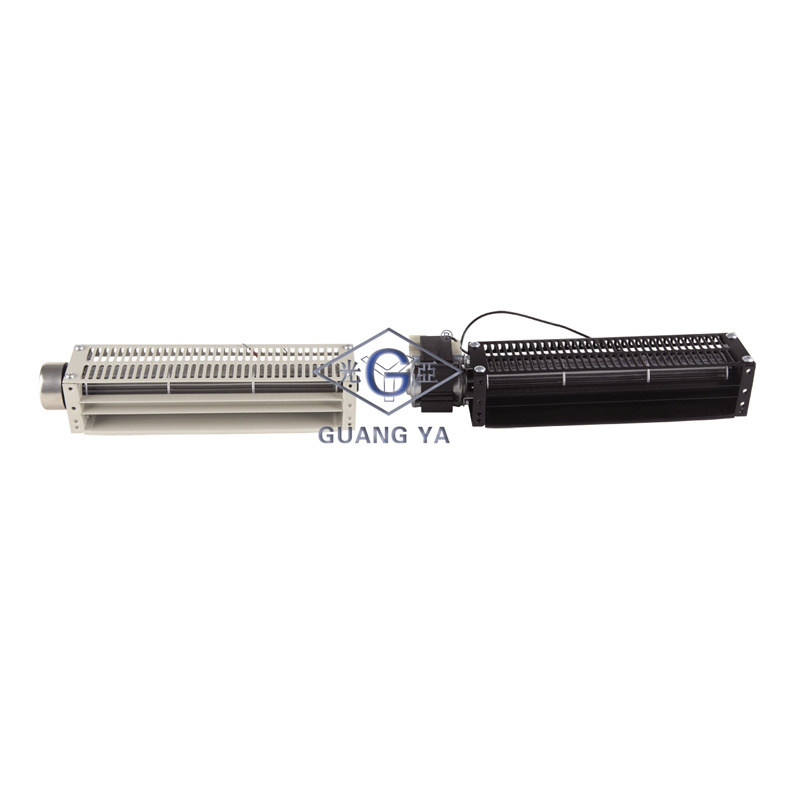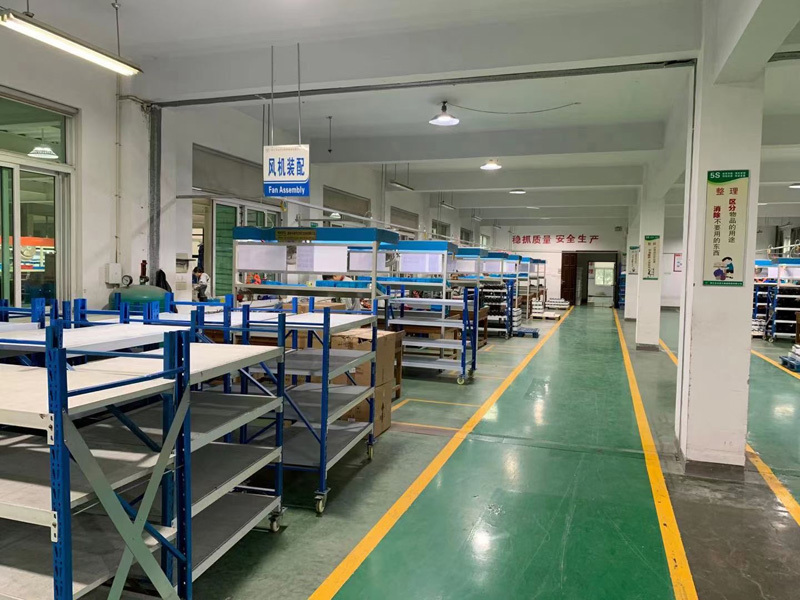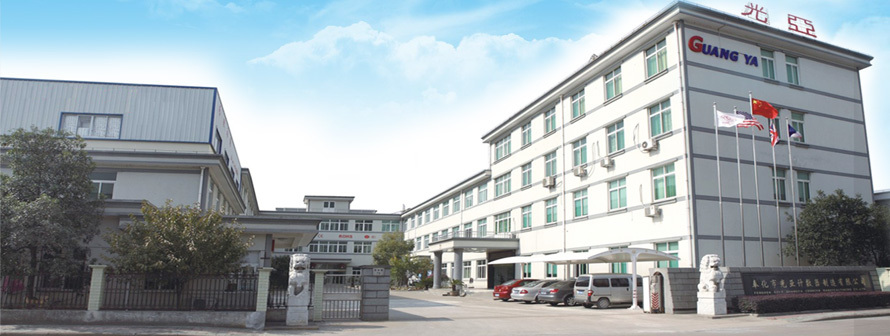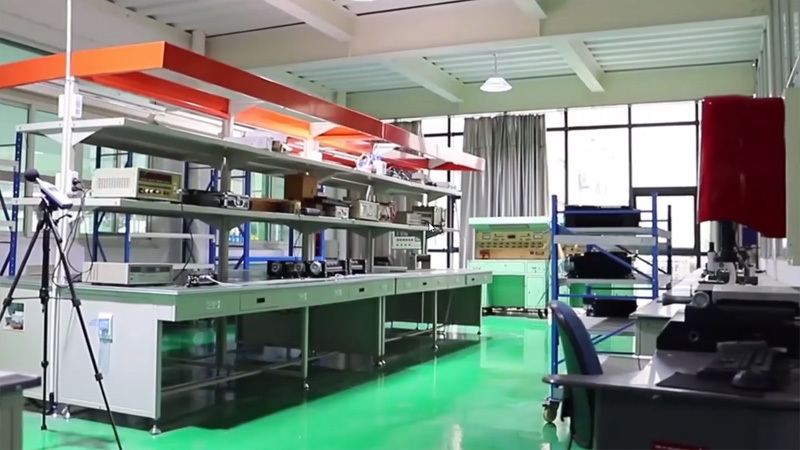NEWS CENTER

The Science Behind Air Circulation: Why a 150B Round Exhaust Fan Works
The Science Behind Air Circulation: Why a 150B Round Exhaust Fan Works Table of Contents Introduction to Air Circulation Understanding Air Circulation The Importance of Exhaust Fans in Air Circulation The Design and Functionality of a 150B Round Exhaust Fan The Mechanics of Airflow: How the 150B Works Benefits of Using a 150B Exhaust Fan in Your Space Choosing the Right Exhaust Fan for Optimal Ai
Understanding the Benefits and Applications of Car Roof Fans
Car roof fans, commonly utilized in various vehicles, serve as vital components that enhance air circulation and improve overall comfort for passengers. These fans are especially beneficial in hot climates or during long drives, where maintaining a cool and comfortable environment is crucial. Understanding the functionality and applications of car roof fans can help professionals in the industrial
Understanding the 7044 Movement LCD High Temperature Timer: A Key Component in Industrial Equipment
In the realm of industrial equipment and components, the 7044 movement LCD high temperature timer movement plays a crucial role in managing time-sensitive processes. This component is designed to function effectively in high-temperature environments, making it essential for operations that require precise timing under challenging conditions. The 7044 movement is characterized by its LCD display, w
Comparing Different Brands of 150B Round Exhaust Fans: A Comprehensive Guide
Comparing Different Brands of 150B Round Exhaust Fans: A Comprehensive Guide Table of Contents 1. Introduction to 150B Round Exhaust Fans 2. Importance of Choosing the Right Exhaust Fan 3. Key Features to Consider in 150B Round Exhaust Fans 4. Top Brands of 150B Round Exhaust Fans 4.1 Brand A: Overview and Key Offerings 4.2 Brand B: Performance and Effic

